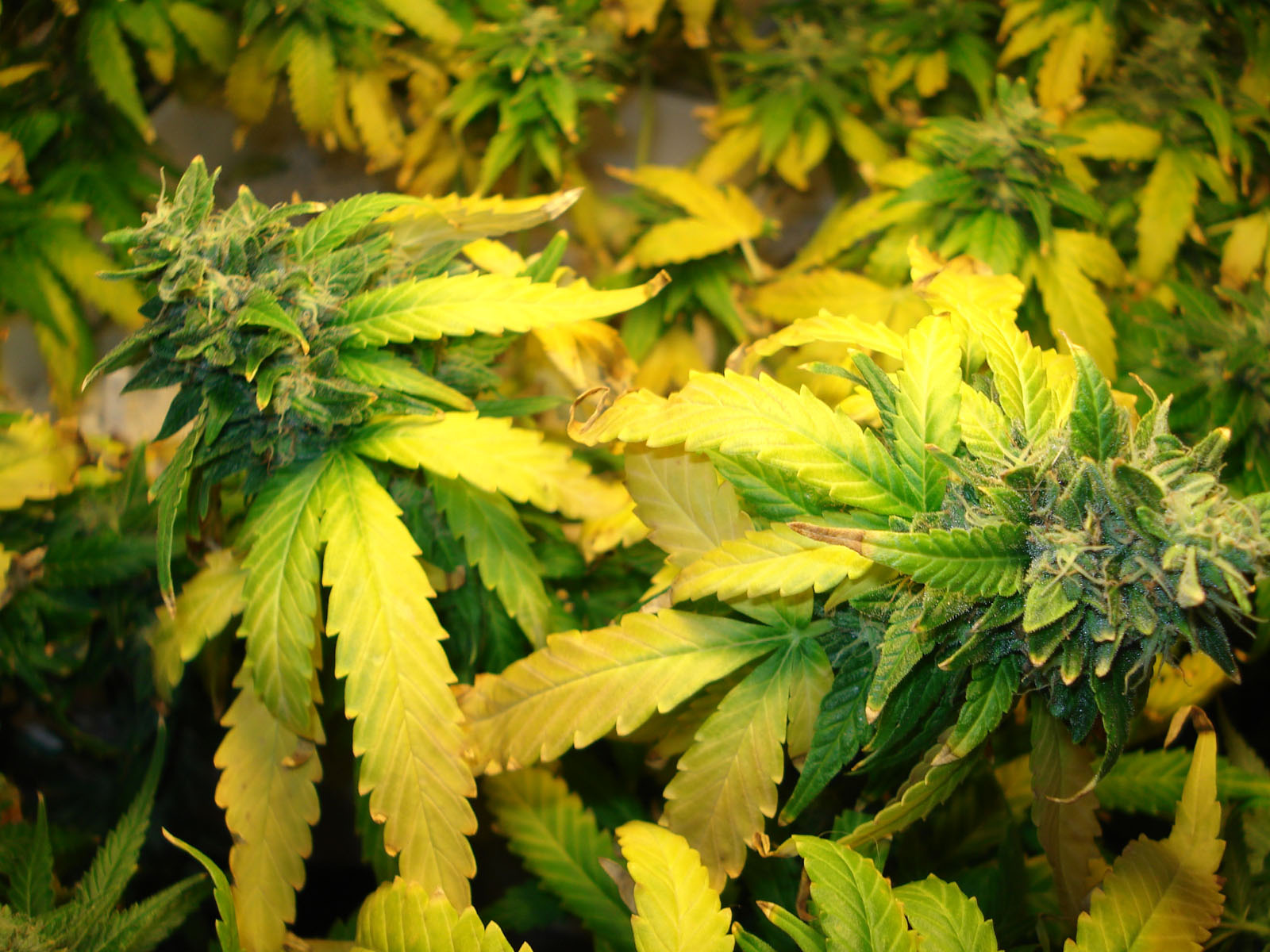Cat Palm Leaves Browning: A Guide to Causes and Solutions
Healthy Cat Palms: A Guide to Browning Leaves
Cat Palms, with their elegant arching fronds, are popular indoor and outdoor plants. However, occasionally, you may encounter browning leaves, a common issue with many plants. This article aims to provide comprehensive information about the causes and solutions for browning Cat Palm leaves, ensuring your foliage thrives and maintains its vibrant green hue.

What Causes Browning Cat Palm Leaves?
Browning Cat Palm leaves can be attributed to various factors, including environmental conditions, nutrient deficiencies, pests, or diseases. Identifying the underlying cause is crucial to effectively address the issue and restore your plant’s health.

Environmental Factors
Cat Palms prefer bright, indirect light, and excessive sunlight can cause the leaves to turn brown and scorched. Similarly, inadequate watering can lead to dehydration and brown, crispy leaves. Ensuring proper light conditions and regular watering is essential for healthy foliage.

Nutrient Deficiencies
Nitrogen deficiency is a common cause of browning leaves in Cat Palms. Nitrogen is vital for chlorophyll production, which gives leaves their green color. Supplementing with a balanced fertilizer can address this issue and promote lush, green growth.

Pests and Diseases
Spider mites and thrips are common pests that can attack Cat Palms, causing yellow or brown spotting on the leaves. Scale insects can also infest the stems and leaves, leading to discoloration and browning. Controlling pests and diseases through appropriate treatments is crucial for maintaining plant health.

Recommendation
In addition to addressing the underlying causes, providing optimal care is essential for healthy Cat Palms. This includes ensuring proper light conditions, adequate watering, and regular fertilization. Regular cleaning of the leaves and checking for pests and diseases can also prevent future issues.

Tips for Preventing Browning Cat Palm Leaves
Regular monitoring of your Cat Palm is essential to identify any signs of distress early on. By addressing issues promptly and providing proper care, you can prevent browning leaves and maintain a vibrant, thriving plant.

Cat Palm Leave Browning: Home Remedies
There are several home remedies that can help address browning Cat Palm leaves. These include:
- Misting the leaves regularly to increase humidity and reduce browning caused by dry air
- Applying epsom salt solution to the soil to address magnesium deficiency
- Using a neem oil spray to control pests and prevent further damage

Fun Facts
Cat Palms are not actually true palms but belong to the family Arecaceae. Their scientific name is Chamaedorea elegans, and they are native to the rainforests of Mexico and Guatemala.

How to
If you notice browning leaves on your Cat Palm, it is essential to take immediate action to prevent further damage and promote recovery. Here are some steps you can follow:
- Identify the underlying cause through careful observation and research
- Address any environmental issues, such as insufficient light or improper watering
- Fertilize your Cat Palm with a balanced fertilizer to address nutrient deficiencies
- Control pests and diseases using appropriate methods, such as neem oil or insecticidal soap
- Provide optimal care, including proper watering, light conditions, and regular cleaning

What If
If left untreated, browning Cat Palm leaves can lead to severe damage and potential plant death. Therefore, it is crucial to address the issue promptly and effectively. By following the recommendations and tips outlined in this article, you can restore your Cat Palm to health and prevent future browning.
Listicle
Here are some additional tips for preventing and treating browning Cat Palm leaves:
- Avoid overwatering, as this can lead to root rot and brown leaves
- Use lukewarm water for watering, as cold water can shock the plant and cause browning
- Provide humidity by misting the leaves regularly or using a humidifier
- Repot your Cat Palm every 2-3 years to provide fresh soil and prevent nutrient depletion
- Consider using a slow-release fertilizer to provide consistent nutrients over time
Questions and Answers
- Q: Why are my Cat Palm leaves turning brown at the tips?
A: Browning leaf tips can be a sign of underwatering or low humidity. - Q: How often should I fertilize my Cat Palm?
A: Fertilize monthly during the growing season (spring and summer) and less frequently during the dormant season. - Q: Can I use neem oil to treat pests on my Cat Palm?
A: Yes, neem oil is an effective natural pesticide that can control pests such as spider mites and thrips. - Q: How can I increase the humidity around my Cat Palm?
A: Mist the leaves regularly, use a humidifier, or place the plant on a tray filled with pebbles and water.
Conclusion of Cat Palm Leaves Browning: Causes and Solutions for a Healthy Foliage
Browning Cat Palm leaves can be a frustrating issue, but by understanding the underlying causes and implementing the appropriate solutions, you can restore your plant to health and maintain its vibrant, lush foliage. By providing proper care, monitoring the plant regularly, and addressing problems promptly, you can enjoy a thriving Cat Palm that adds beauty and vitality to your home or outdoor space.